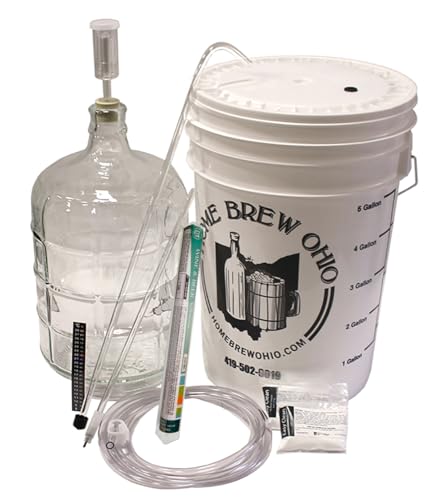Researching different varieties that do well in south central Indiana - Lawrence County. Cold winters, humid summers, super heavy clay soil. Just need enough to make a a few batch of wine. Would like to start out very small - just a few test vines several varietals to start, until I figure out what is tenable given my conditions and abilities (me, myself, and I as limited labor force)
Interested in making Extra Brut and Brut Nature style sparklers using double fermentation - Méthode Champenoise or Charmet.
Would also enjoy making still dry wines. Keeping options open because beggars can’t be choosers with my growing and soil conditions.
Most locally grown varietals are Vignoles, Vidal, Traminette, and Catawba. Oliver and Butler wineries are both semi local to me. I have tasted some nice Catawba wines...but otherwise have not found other varietals compelling. Given local preference for simple sweet and off dry wines, hard to say wines reflect full potential of these varietals.
A few counties south Huber Winery grows several red varieties - including Tannat. Being a fan of French southwestern wine I would love to grow a few Tannat vines but suspect both temps and soil conditions at Huber are different than mine.
Currently able to grow tomatoes, garlic, beans, and other garden crops with minimal soil amendment (horse manure, lime). Soil requires regular aeration both off and on season – but results are worth it. Plant by the signs (but don’t bury cow horns or howl at the moon).
There is one section of land that is different - shallow clay soil over limestone, abundant limestone sink holes/karst, decent leaf hummus (in woods partial sunlight). Has abundant wild Ramp growth (only place on our land where Ramps grow). Would have to be dry farmed since too far from water source. Would be curious to see if this section of land might be contusive to growing certain wine grapes...with my luck would probably just result in Ramp tasting wine LOL.
Would love to hear from other Hoosiers, especially those stuck with super dense clay. Have noticed some rather large variation in soil even within Lawrence County. For example Bedford – only 20 minutes down the road, has sections of rather nice loamy soil more typical of the northern half of the state.S
Interested in making Extra Brut and Brut Nature style sparklers using double fermentation - Méthode Champenoise or Charmet.
Would also enjoy making still dry wines. Keeping options open because beggars can’t be choosers with my growing and soil conditions.
Most locally grown varietals are Vignoles, Vidal, Traminette, and Catawba. Oliver and Butler wineries are both semi local to me. I have tasted some nice Catawba wines...but otherwise have not found other varietals compelling. Given local preference for simple sweet and off dry wines, hard to say wines reflect full potential of these varietals.
A few counties south Huber Winery grows several red varieties - including Tannat. Being a fan of French southwestern wine I would love to grow a few Tannat vines but suspect both temps and soil conditions at Huber are different than mine.
Currently able to grow tomatoes, garlic, beans, and other garden crops with minimal soil amendment (horse manure, lime). Soil requires regular aeration both off and on season – but results are worth it. Plant by the signs (but don’t bury cow horns or howl at the moon).
There is one section of land that is different - shallow clay soil over limestone, abundant limestone sink holes/karst, decent leaf hummus (in woods partial sunlight). Has abundant wild Ramp growth (only place on our land where Ramps grow). Would have to be dry farmed since too far from water source. Would be curious to see if this section of land might be contusive to growing certain wine grapes...with my luck would probably just result in Ramp tasting wine LOL.
Would love to hear from other Hoosiers, especially those stuck with super dense clay. Have noticed some rather large variation in soil even within Lawrence County. For example Bedford – only 20 minutes down the road, has sections of rather nice loamy soil more typical of the northern half of the state.S



















































